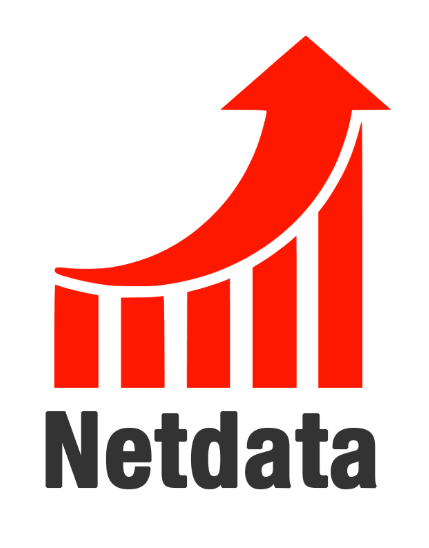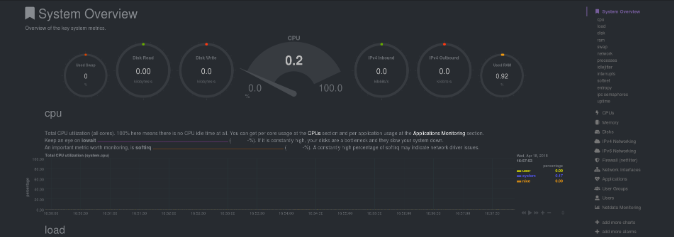
Netdata is a powerful monitoring tool that provides real-time performance visualization for Linux systems, including CPU, memory, disk, network, and process metrics. It automatically collects over 5000 metrics with zero configuration and comes with more than 100 pre-configured alarms to detect common issues.
Requirements: Debian, Ubuntu, CentOS, or Fedora.
Installation Steps:
- Install
curl (if not already installed):
- Install Netdata using a one-line script:
bash <(curl -Ss https://my-netdata.io/kickstart.sh)
The above script will:
- Detect your distribution and install the necessary software packages for building Netdata (you will be prompted for confirmation).
- Download the latest Netdata source tree to
/usr/src/netdata.git.
- Install Netdata by running
./netdata-installer.sh from the source tree.
- Set up
netdata-updater.sh in cron.daily, so Netdata will be updated daily (you will receive an alert from cron only if the update fails).
After installation, visit http://your_server_ip:19999/ in your browser to access the dashboard.
You will see an overview of the system's performance with a dashboard featuring HUD-style indicators. These indicators change when you hover over different time periods in the charts. The diagrams are interactive, allowing you to drag them with your mouse.

To adjust the time interval displayed in a chart, hold down Shift and rotate the mouse wheel. To revert the chart to its default view, simply double-click on it.
The individual graphs and diagrams provide detailed reports on various system aspects, including CPU, memory, network traffic, and more.
A crucial feature of the GUI is the update page. Netdata updates regularly, and maintaining the latest version is straightforward. At the top of the toolbar, you’ll find the Update button, which lets you check for new versions. Clicking this button provides additional information and access to the menu, where you can use the Check Now button to manually check for updates.